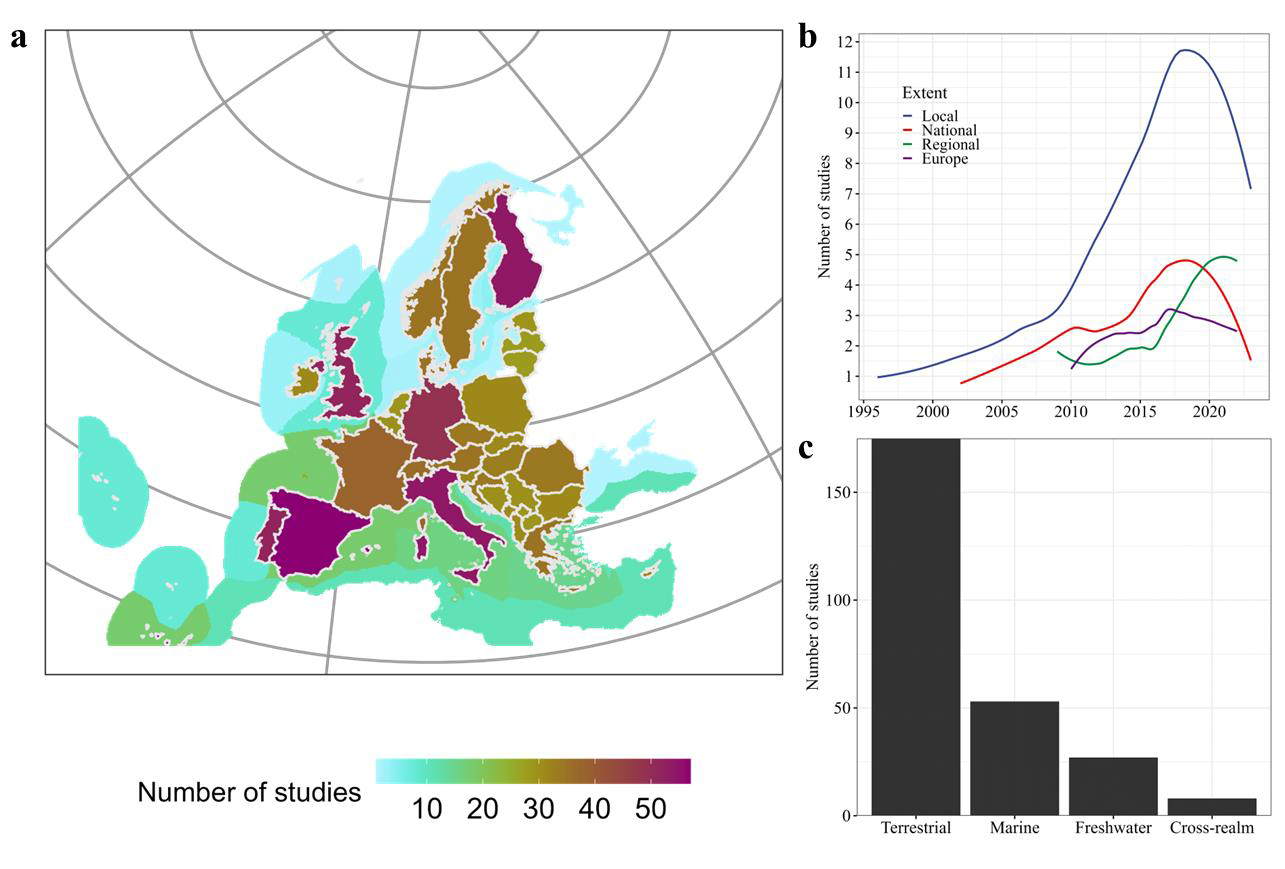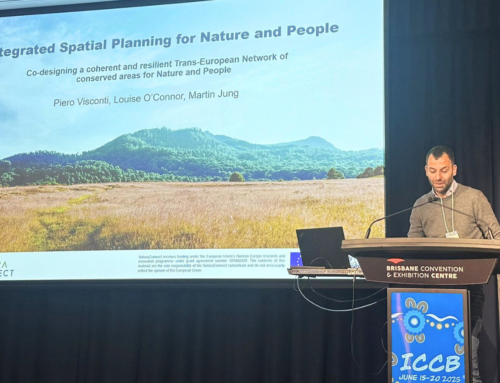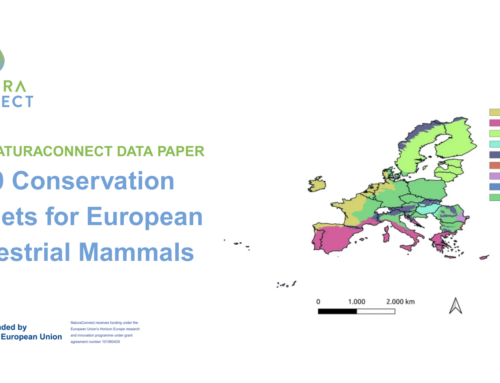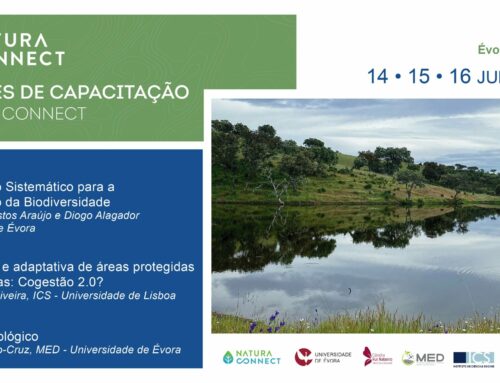An assessment of the state of conservation planning in Europe – new scientific manuscript led by NaturaConnect colleagues
The NaturaConnect project aims to identify options for a future Trans-European Nature Network (TEN-N) applying – among other techniques – systematic conservation planning (SCP) to identify where and how this can be achieved. The use of SCP however is not new, and many previous scientific studies have utilized similar approaches across scales (local, national or larger). Yet so far there has not been a comprehensive overview of the scientific literature that uses SCP in a European context.
We are delighted to announce the publication of a comprehensive systematic review conducted and led by Martin Jung with contributions from other NaturaConnect partners (Jung et al. 2024). This review, published in the Philosophical Transactions of the Royal Society B, critically examines and categorizes existing conservation planning studies in Europe, assess gaps and provides valuable recommendations for improving methodologies to better contribute to informed decision-making.

Figure 1: Spatial and temporal patterns of conservation planning studies in Europe. Shown are the spatial distribution (a), the temporal trend of studies separated by spatial extent (b), and the number of studies by realm (c).
The review encompassed literature concerning SCP applications and related approaches within a European context, including the United Kingdom, Norway, and all Balkan states in the process of joining the European Union. The focus was on studies that the aim of identifying either options for area-based allocation, so protection or restoration priorities, or improved management actions in a spatial explicit way meant to inform conservation outcomes.
In this work the authors identified 1459 articles for screening, and after a thorough screening of titles and abstracts, found 356 studies across terrestrial, freshwater, and marine realms to be relevant. Each study was read and categorized for certain planning complexity criteria, such as whether connectivity, current and future conditions, competing land-uses, policy relevance, and stakeholder involvement was considered in any way. Furthermore, the uptake of each study was assessed by estimating the number of citations in scientific and policy documents. A small interactive dashboard can be found online.
The review results show that previous SCP studies in Europe have several shortcomings. Few considered connectivity, multiple objectives or future conditions in their planning, and stakeholders were rarely involved in SCP across scales (local, national, regional, EU-wide). These shortcomings might among others have contributed to low adoption and sufficiency of existing protected designations. Here Jung et al. also provide some key recommendations with references on how to improve the complexity and realism of SCP, many of which are also considered directly in the NaturaConnect project.
In conclusion, this review identified key gaps but also opportunities for enhancing conservation planning in Europe. By addressing challenges such as different perspectives, technological advancements, and scientific and public collaboration, the outcomes of scientific conservation planning might be more effective and led to eventual implementation,
The review furthermore highlighted the need for improved tools and data availability, something the NaturaConnect project aims to do. It will facilitate its mission to create targeted knowledge and tools to support European Union Member States in realizing an ecologically representative, resilient, and well-connected network of conserved areas across Europe.
For further details:




